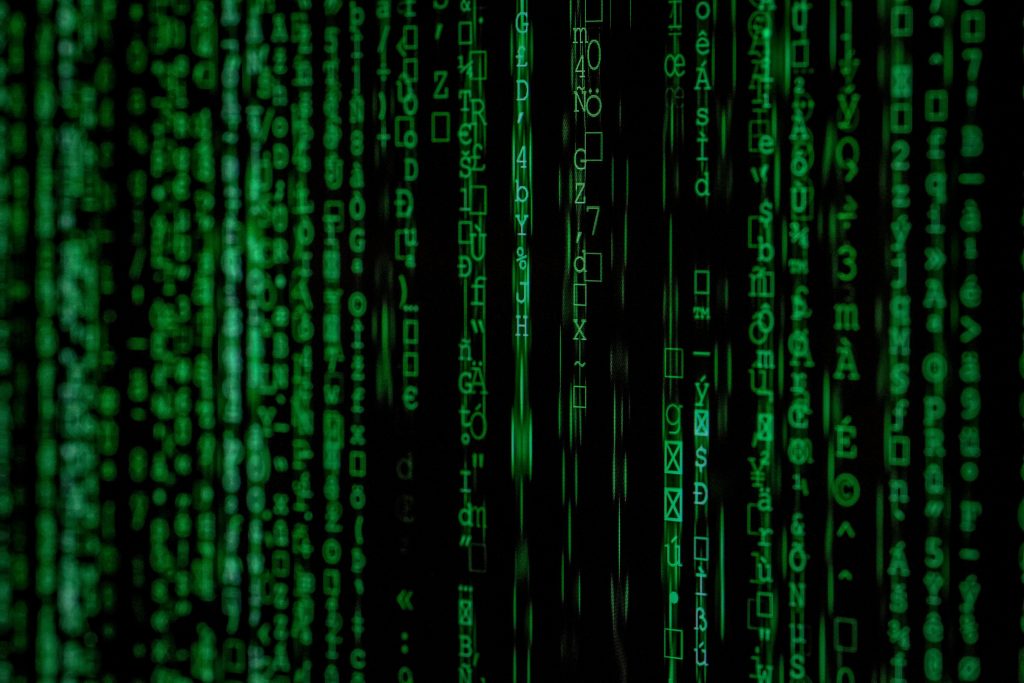Troubleshooting Instability Problems with a Second Hard Drive on Windows PCs
In recent years, SSDs (Solid State Drives) have become the gold standard for computer storage due to their speed, reliability, and durability compared to traditional hard drives. Yet, even with these advancements, users sometimes face issues when adding additional SSDs to their setups. A Reddit user recently highlighted a common problem: Windows PC instability when a second hard drive is connected. In this blog post, we will explore potential causes of this issue, delve into troubleshooting steps, and provide guidance on how to resolve these problems without necessarily rushing to replace major components like the motherboard or CPU.
Understanding the Issue
When you plug in a second SSD to your PC and experience instability or crashes, it’s essential to recognize that numerous factors could be at play. These range from hardware compatibility issues to Software conflicts:
-
Hardware Compatibility and Power Issues: The introduction of another hardware component increases the demand on the power supply and sometimes tests the limits of your motherboard’s capability to handle multiple connections. Older systems may not have been designed to accommodate newer technologies, such as NVMe SSDs, leading to potential compatibility/interoperability issues.
-
Driver Conflicts or Outdated Firmware: A new drive typically requires system resources managed by integrated controllers; hence, outdated drivers or firmware could result in conflicts between the existing system setup and the new hardware.
-
Faulty Connections or Ports: Misconnections or faulty ports might induce system instability. Ensuring that the connections are secure and functional is critical.
-
Software Conflicts: Any Software that specifically manages hard drives or system resources might not be configured correctly to work with additional hardware.
Step-by-Step Troubleshooting
To narrow down the causes and find an effective solution, consider the following steps:
1. Update Drivers and Firmware
Begin by ensuring all drivers and the bios are updated. Particularly focus on:
– Operating System: Use utilities such as Windows Update to ensure your OS is fully updated.
– SSD Firmware: Visit the manufacturer’s website, like Samsung’s, to install the latest firmware updates.
– Chipset Drivers: These often include essential drivers for communication between the CPU and connected devices, including storage.
2. Check for Power Supply Issues
If the power supply unit (PSU) is close to its output capacity, adding an SSD might trigger power-related crashes:
– Calculate your system’s total power needs using an online power supply calculator.
– Consider testing with a higher-capacity PSU, particularly if your existing unit is under 500W or aging.
3. Examine Physical Connections
- Secure Cable Attachment: Ensure all data and power cables between the SSDs and the motherboard/PSU are firmly and correctly connected.
- Test Alternative Ports: Utilize different power connectors and SATA ports on the motherboard, as sometimes individual ports can be faulty.
4. Test Each SSD Independently
Since you’re experiencing issues with multiple drives, attempt to test each drive independently:
– Use a different system to see if similar issues arise, suggesting issues reside with the SSDs themselves.
– When testing one drive per system, connect them using both USB enclosures and directly via the motherboard to see if the problem recurs.
5. Monitor System Temperatures
Use tools such as HWMonitor to ensure that your computer isn’t overheating, particularly your CPU or GPU, which could be indirectly affected by additional hardware leading to BSOD.
6. Check for Software Conflicts
Identify software that might be related to storage, e.g., drive monitoring tools, encryption applications.
– Check the Event Viewer in Windows for logs that might indicate specific software causing the crashes.
– Update or uninstall problematic software that coincides with the connection of additional drives.
When to Consider Hardware Replacement
If all tests suggest no improvements and sustained usage worsens performance and stability, you may need to consider replacing one of the following:
-
Motherboard: Faulty SATA or NVMe slots may necessitate a replacement. Though an older PC setup increases the likelihood of unintentional compatibility issues with newer hardware, it’s also worth examining if budget allows for upgrading to newer technology.
-
SSD or Storage Controllers: Even if under warranty, component-specific incompatibility can sometimes lead to unforeseen issues.
-
Power Supply: A newer, more efficient PSU might resolve power-related instabilities.
Conclusion
Additions to your PC setup, like installing a new SSD, should not compromise stability. However, various factors, including hardware compatibility, software configuration, and power limitations, can precipitate issues. An organized approach to troubleshooting, from ensuring up-to-date drivers to securing physical connections, might resolve the instability experienced with adding a second drive.
For more robust solutions, if upgrades become necessary, consider seeking expert advice or conducting further online research for peer experiences and manufacturer’s support resources. By approaching the problem methodically, reliance on immediate component replacements is minimized, and potential solutions are both cost-effective and straightforward.
Share this content:




Response to Windows PC Instability with Second Hard Drive
Hello! This is a common issue that many users encounter when adding a second hard drive to their Windows PC. I’ve experienced similar problems, and I’d like to share some insights and additional troubleshooting steps that may help.
Check BIOS Settings
Sometimes, the BIOS settings can influence drive recognition and power management. Consider entering the BIOS and ensuring that:
Run a Health Check on Drives
If you suspect that a particular SSD is causing issues, you can use tools like CrystalDiskInfo to check the health status of your drives. Look for any warning signs or SMART errors which might indicate potential failures.
Investigate Voltage and Current Draw
Related to the power supply troubleshooting, ensure that your PSU can handle the additional load by checking the voltage ratings and the current draw of each component. You may also consider using tools like a multimeter to test the actual power coming from your PSU.
Reinstall Windows
If all else fails, and the issues persist after trying the above steps, consider reinstalling Windows. A fresh installation can help eliminate any underlying